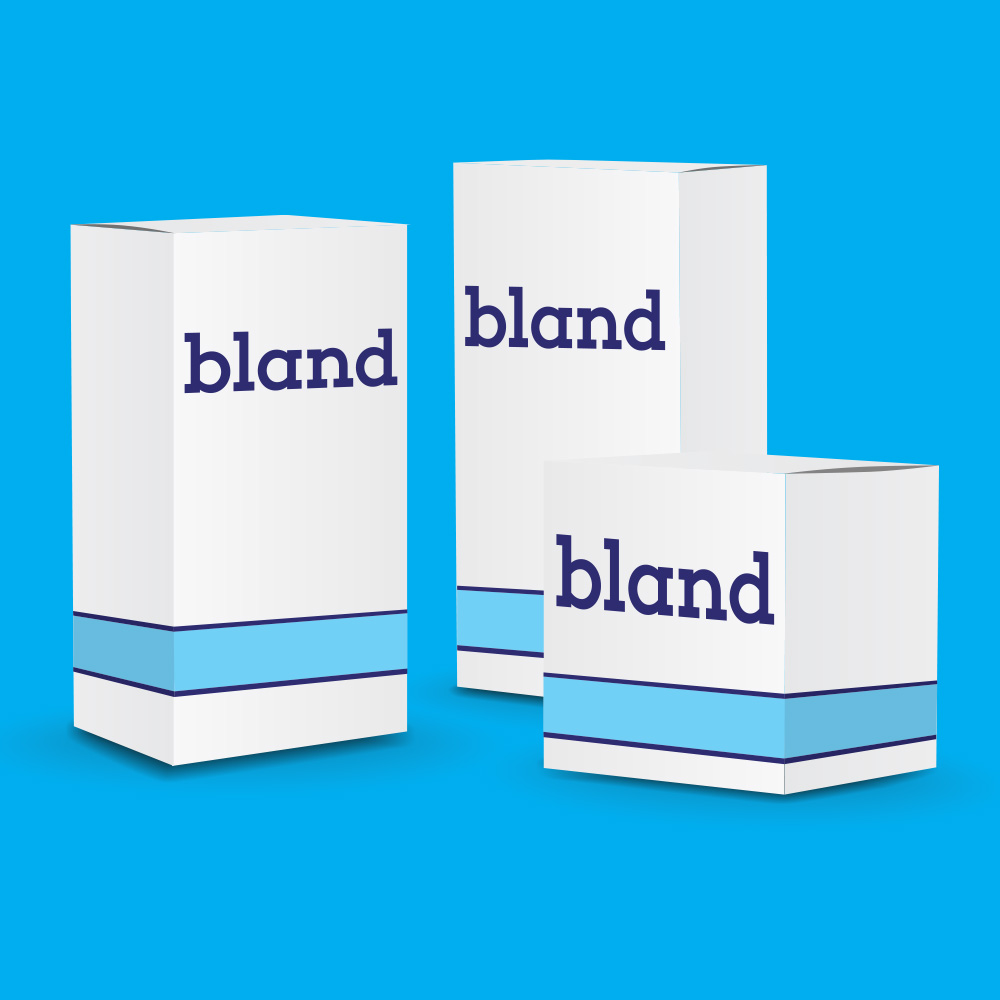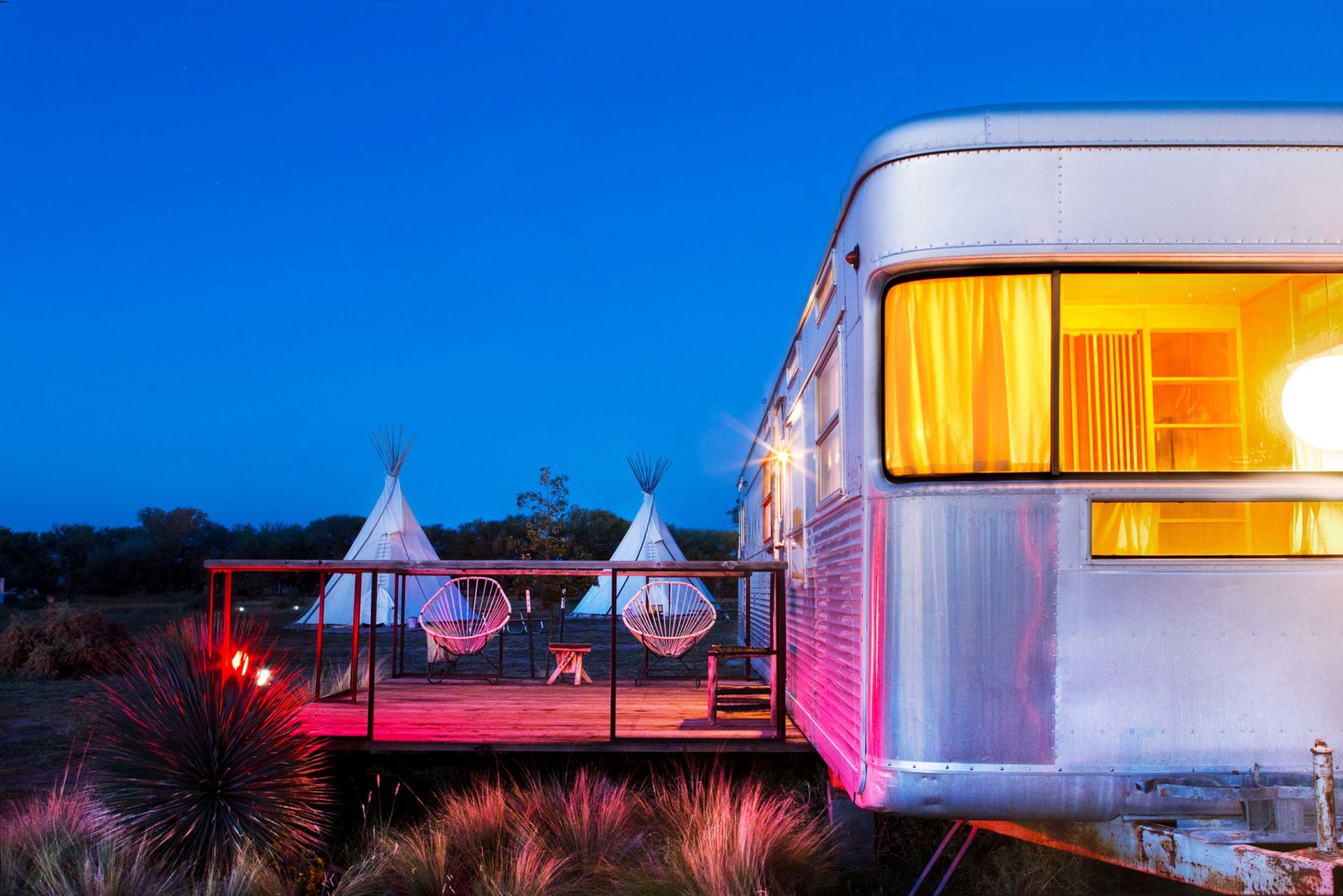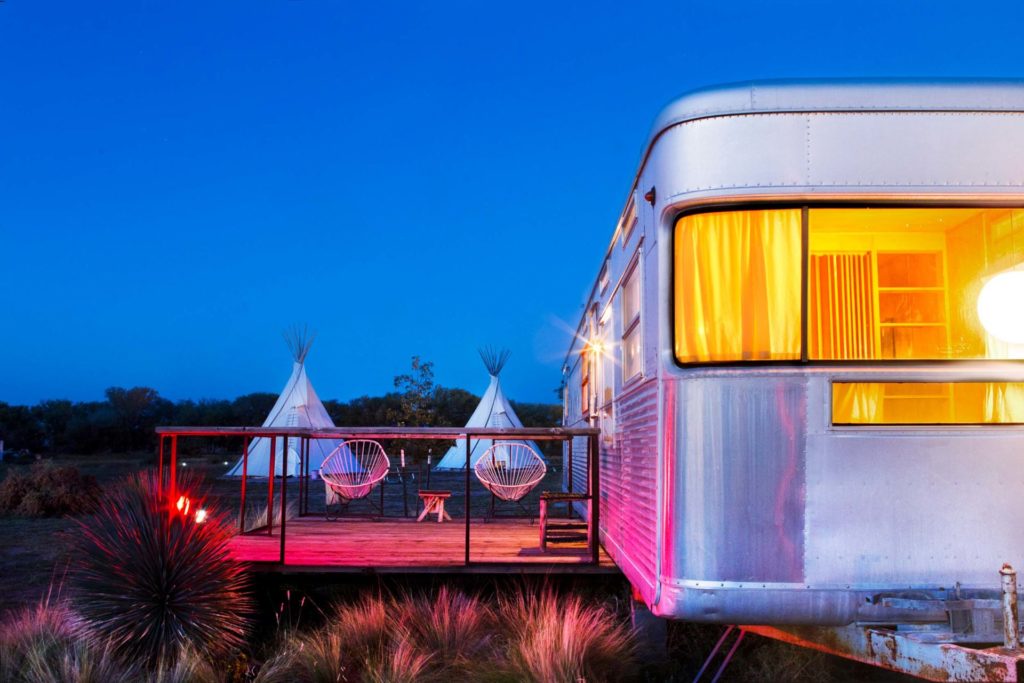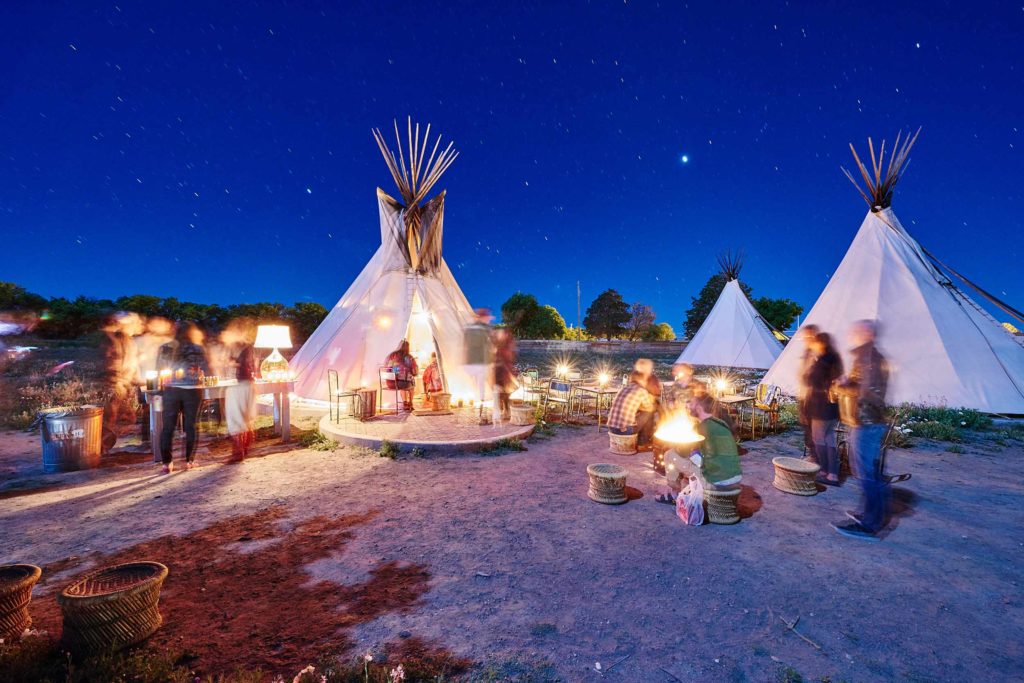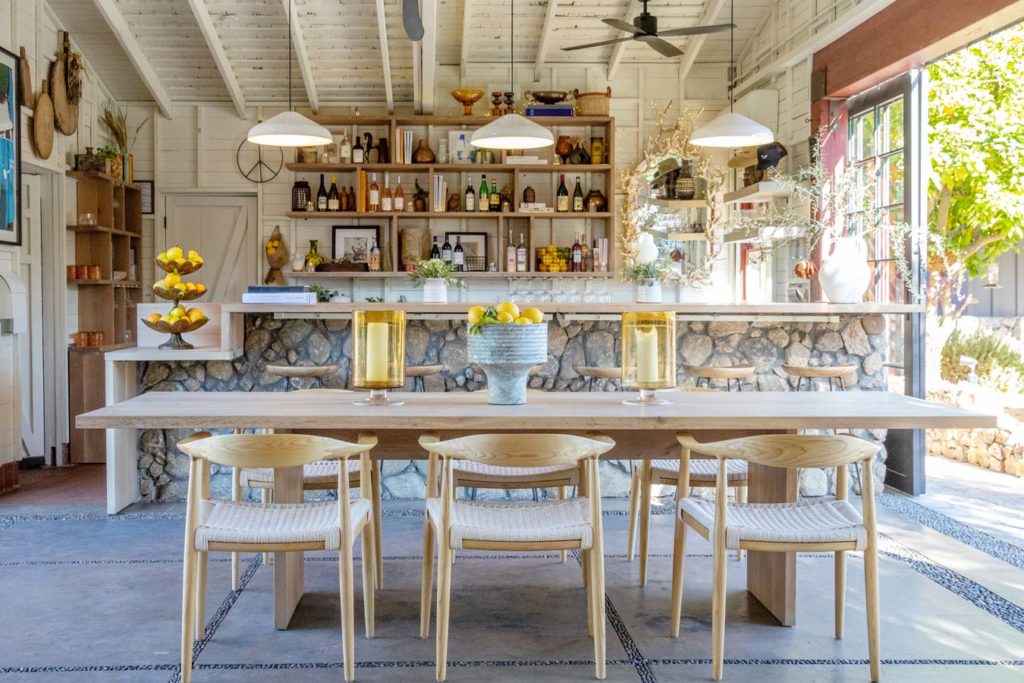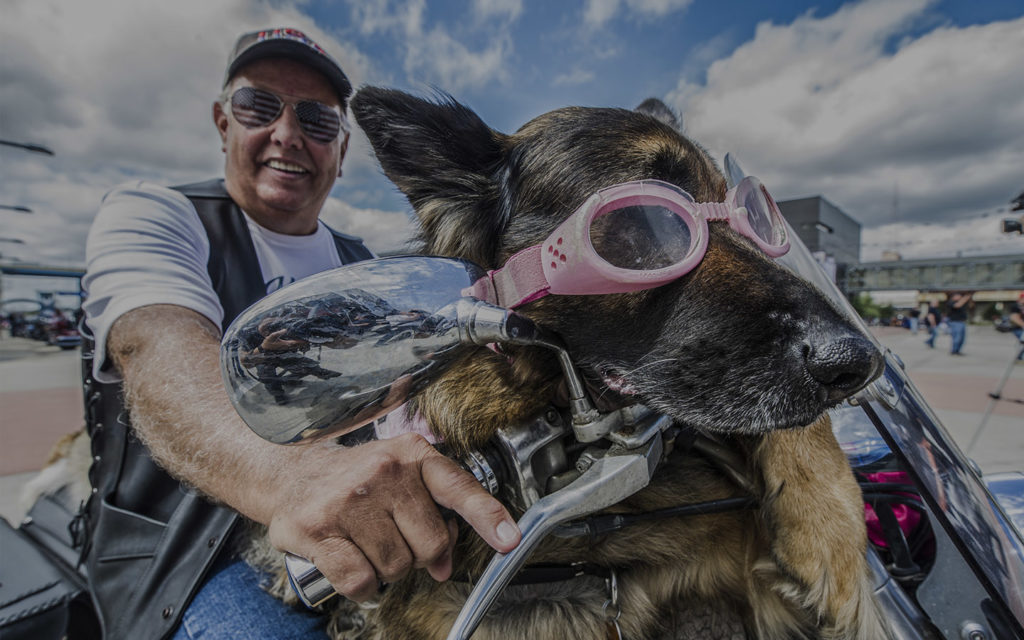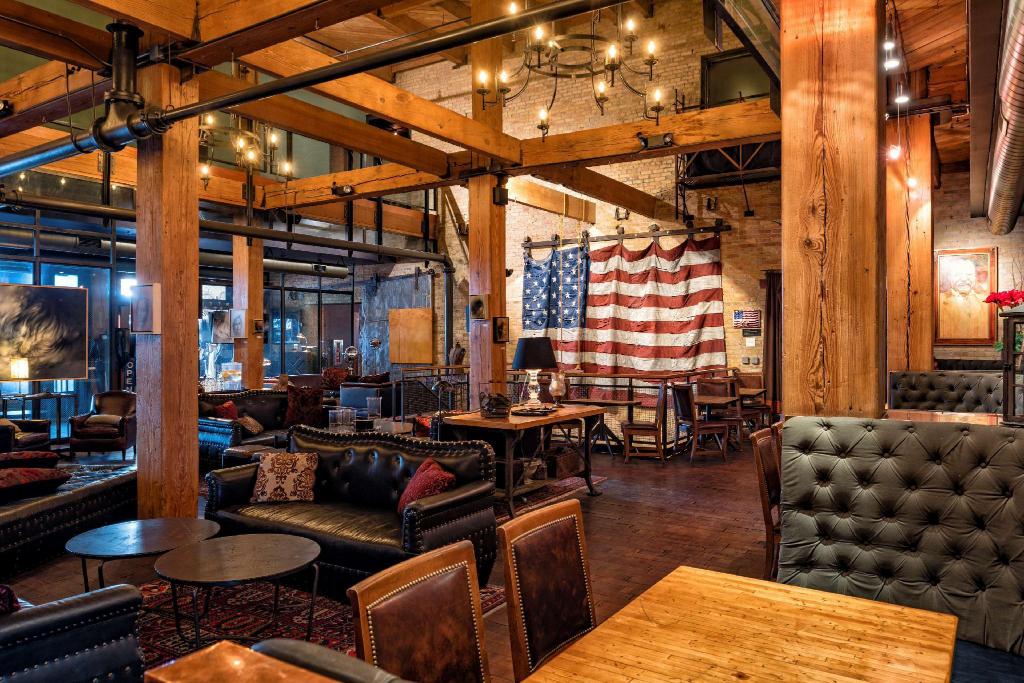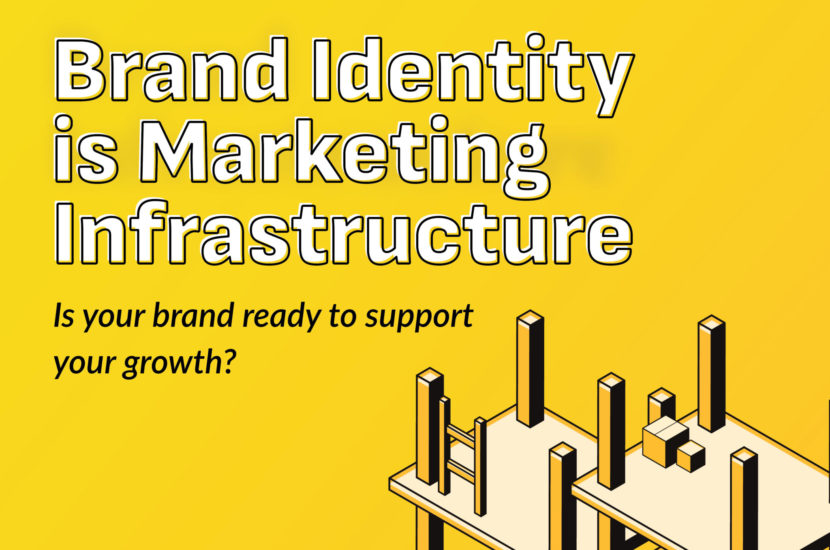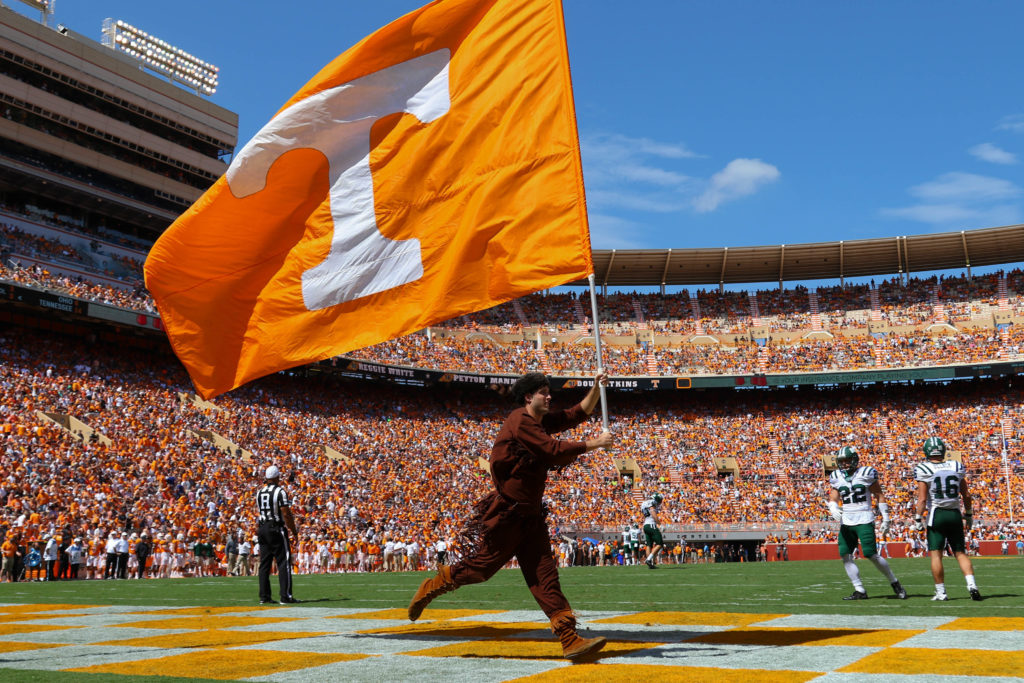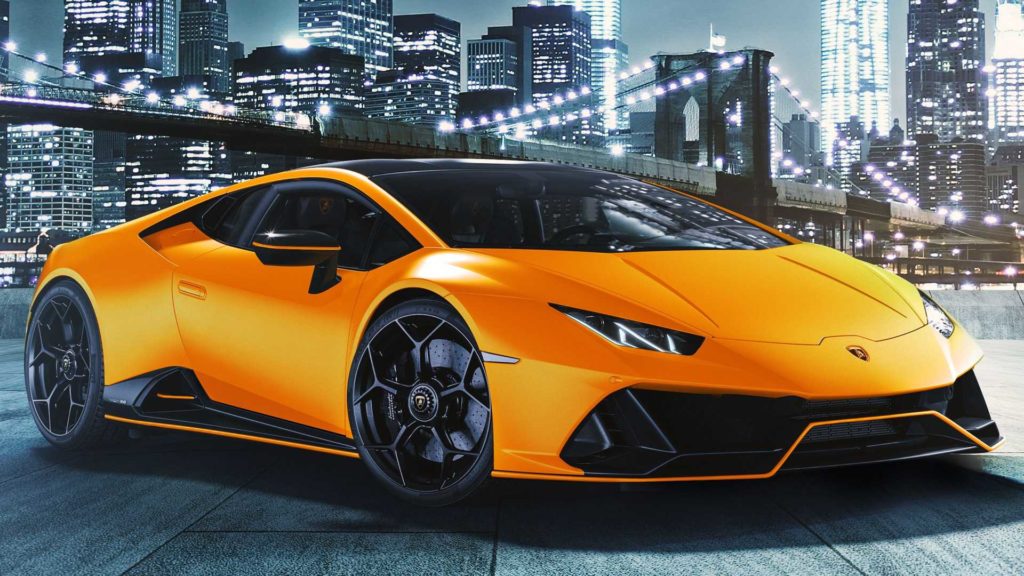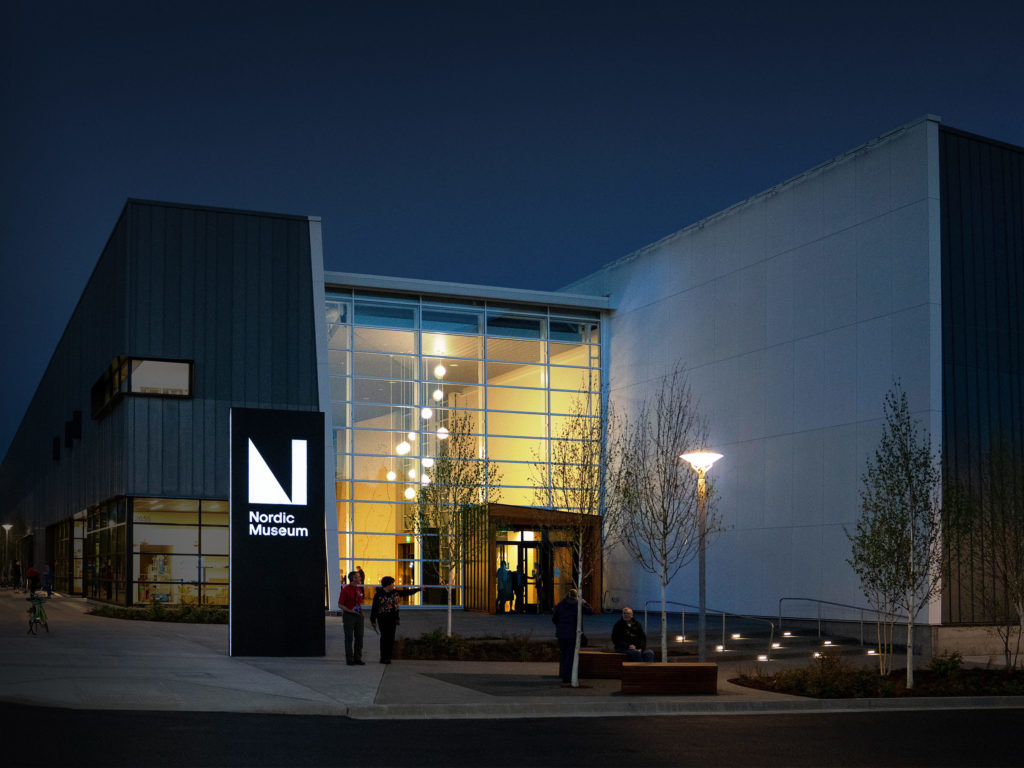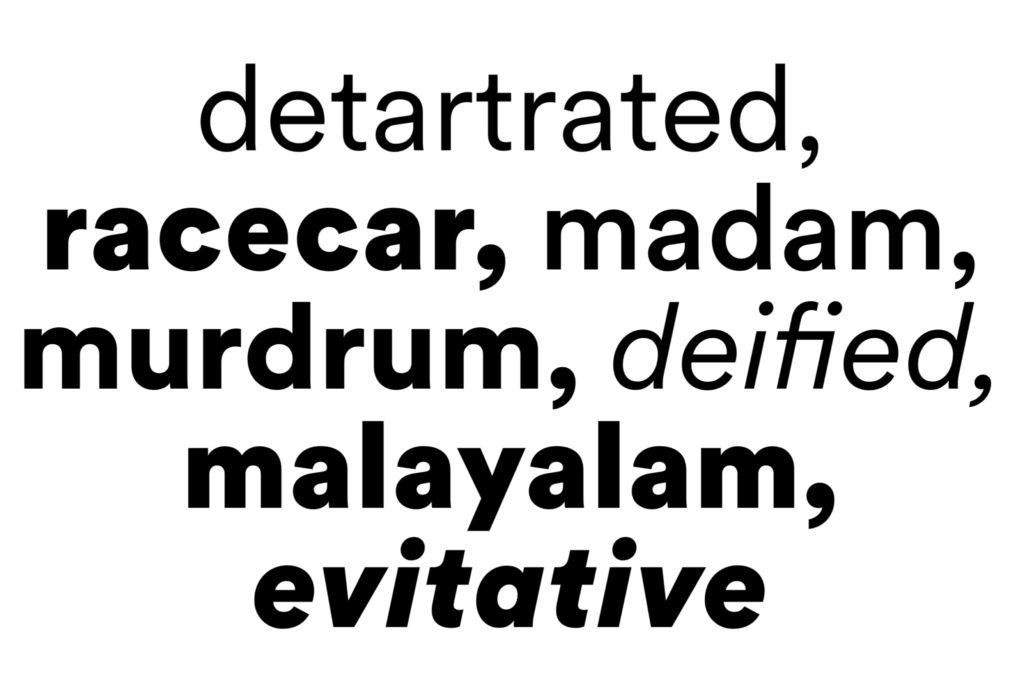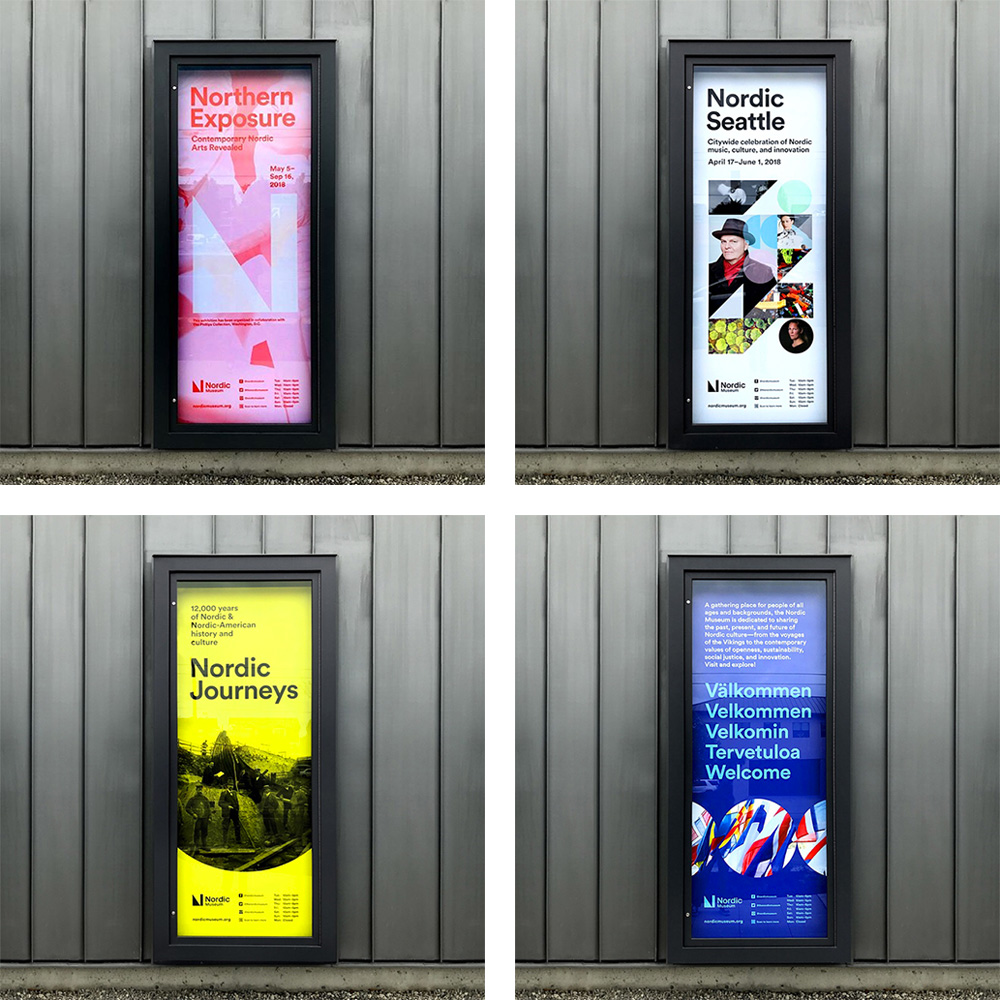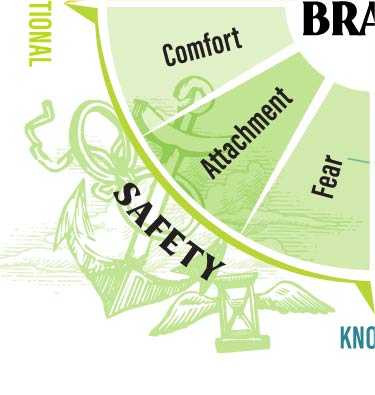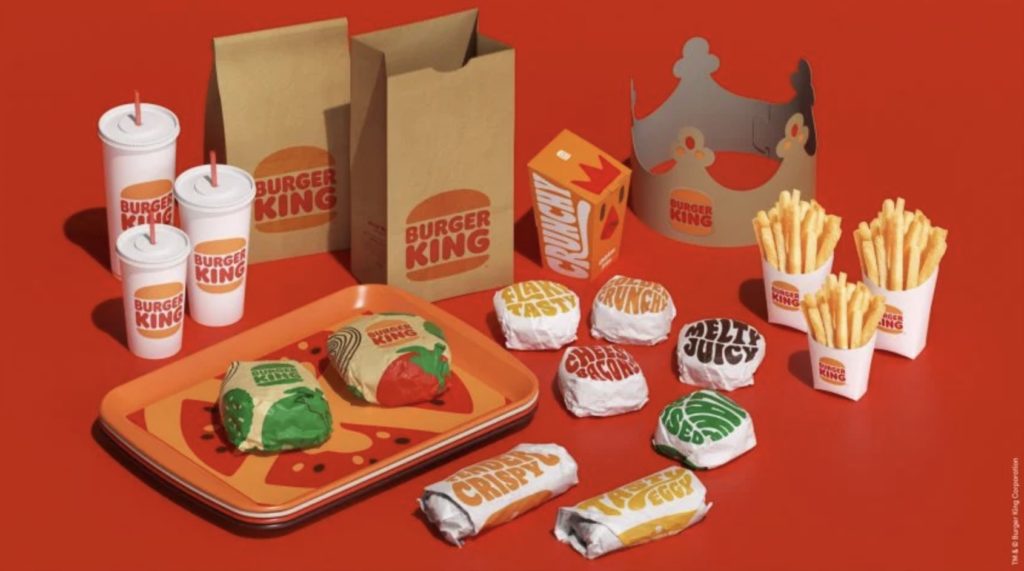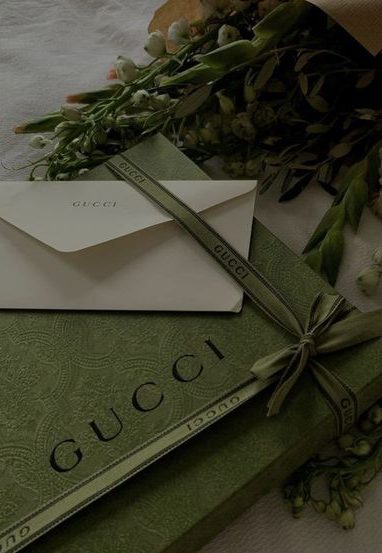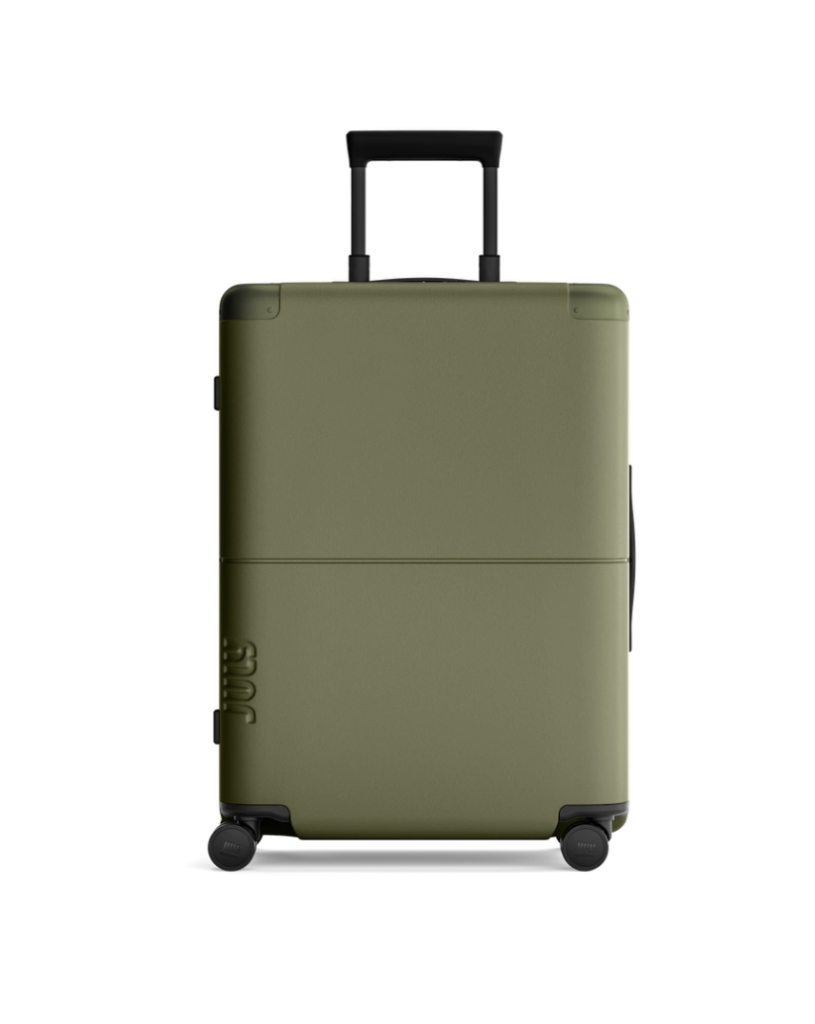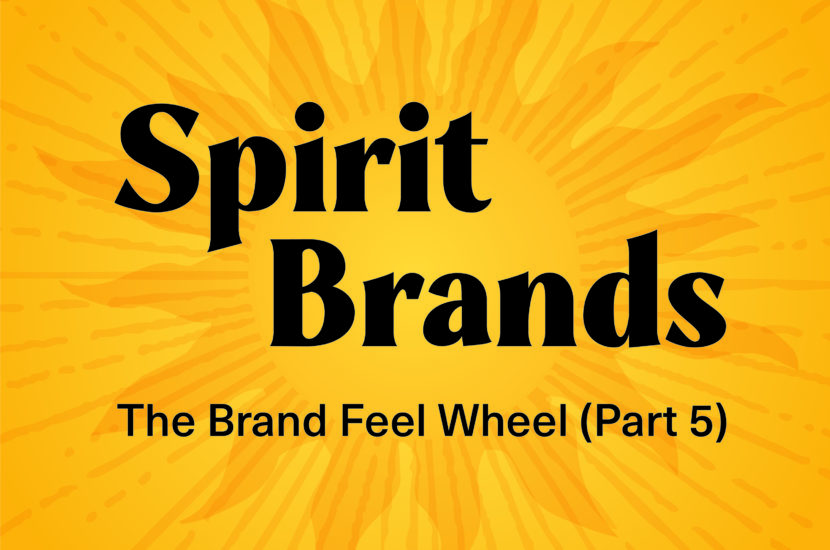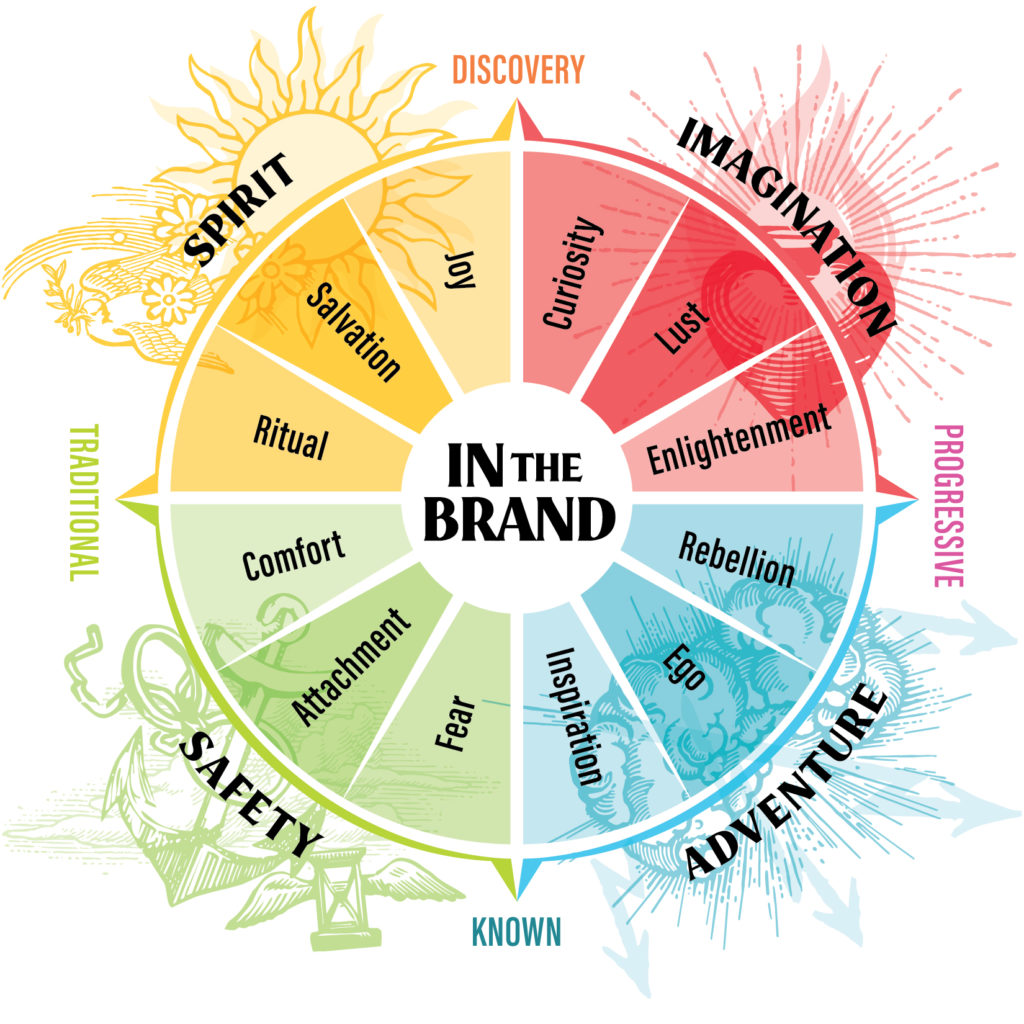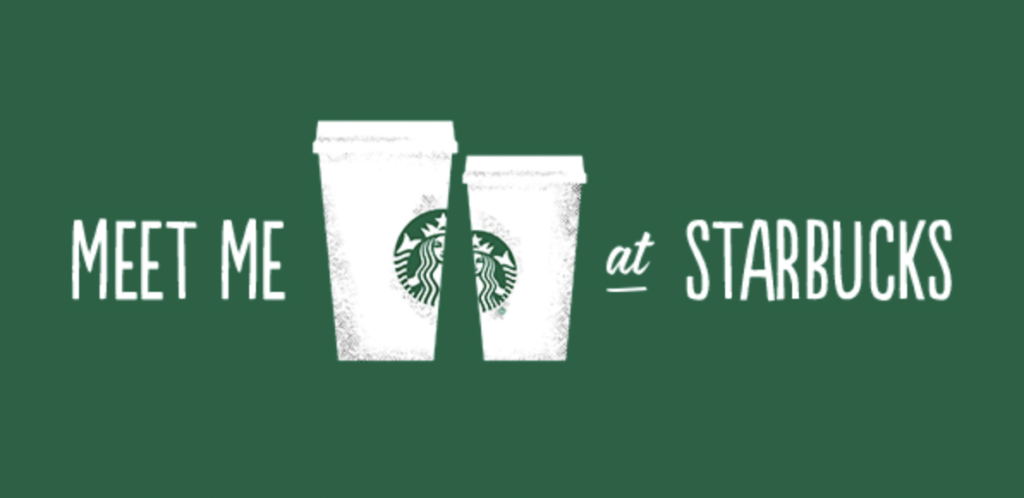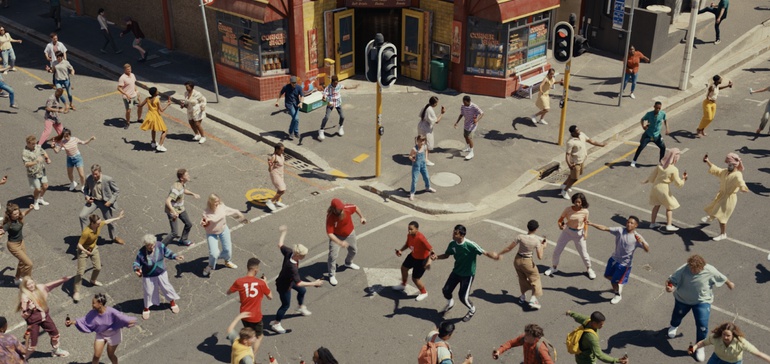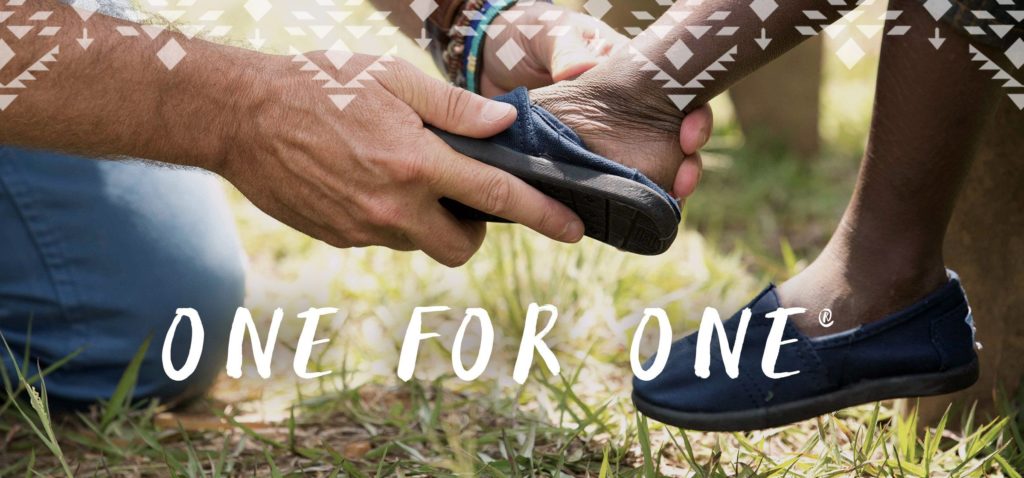If branding is about differentiation, then blanding is the exact opposite.
In the age of algorithms, it can be risky for brands to stand out. Here’s why: We’re always making judgments. It’s how we get through a world of infinite choices. We pick what looks better, safer, smarter, happier, or whatever we’re seeking.
As consumers, we base our choices on a gut feeling that’s almost unconscious. It’s intuitive.
But in the age of social media, our opinions are constantly recorded. What you like on Instagram fuels an algorithm that attempts to reinforce your preferences with more related content. As your profile is continually expanded with more and more judgments, the content you’re shown is increasingly narrowed.
Branding is about differentiation– it’s about finding your distinct flavor.
But in the age of algorithms, it can be risky for brands to stand out too far from the pack. Aligning with peers has become a branding strategy. It may help reach audiences through social media.
The result is a homogenization of the brand landscape. It’s called blanding.
What is blanding?

Blanding refers to the cross-market phenomenon of brands adopting similar minimalist aesthetic cues.
Ruled by the dictum “less is more,” blanding is often embodied by the following branding elements:
- Sans serif fonts
- Clean lines
- Limited color palette
- Overall simplification
Blanding is a visual brand identity that’s:
- Controlled
- Ahistorical
- Flat
In the eyes of consumers, blanding branding efforts are often feel:
- Current
- Agreeable
- Sanitized
Blanding, by definition, is a move toward looking the same in an effort to feel familiar.
The style can be seen across all sectors, and major companies are hiring rebranding agencies to fit the new trend. But as a creative branding agency ourselves, it makes us ask the question:
If the point of branding is to express what makes you unique, why is blanding so popular?
Why are brands rebranding – or “reblanding”?

History is constantly being reinterpreted through current norms. With the amplification of reactions through social media, brands are increasingly thinking about how today’s brand positioning will be received tomorrow. This is at the core of our branding methodology and all of the branding services we offer here at Flux.
And it’s a very valid concern.
The reach of online communications allows brands to reach wider audiences than ever before, but it also presents a danger. If the court of public opinion turns against you, reactions can trend globally.
The consequences can be disastrous.
Strong brands have personalities. They take stands.
But it’s riskier to position yourself – you can’t be sure how your current message will age. With the eternal preservation of public posts, shares, and images on the internet, brands are becoming increasingly cautious about bold self-expression. More brands than ever have a brand reputation strategy and/or use reputation management services in order to keep their name pristine in the court of public opinion.
Blending in is the new “branding”
Blanding removes associations, attempting neutrality. As simple and streamlined as possible, a bland brand aesthetic leaves nothing that could alienate consumers now – or in the future.
In the past few years, major luxury fashion houses have undergone this exact kind of blanding rebranding effort. Using all caps, san serif, and bold type, their new word marks are a blank slate. However, by removing all flourishes and references, they are erasing their own history.
Peter Saville, who rebranded the Burberry logo in 2018, said that he wanted the design to “look like it’s been there forever, but it’s still contemporary.”
Blanding exists outside of a specific timeframe – they exist in a perpetual present.
On the surface, there’s safety in simplicity. But as the luxury rebrands show, there’s also a danger: bland creative that doesn’t deliver a message or make a memorable impact. It’s just there, blending in with the rest.
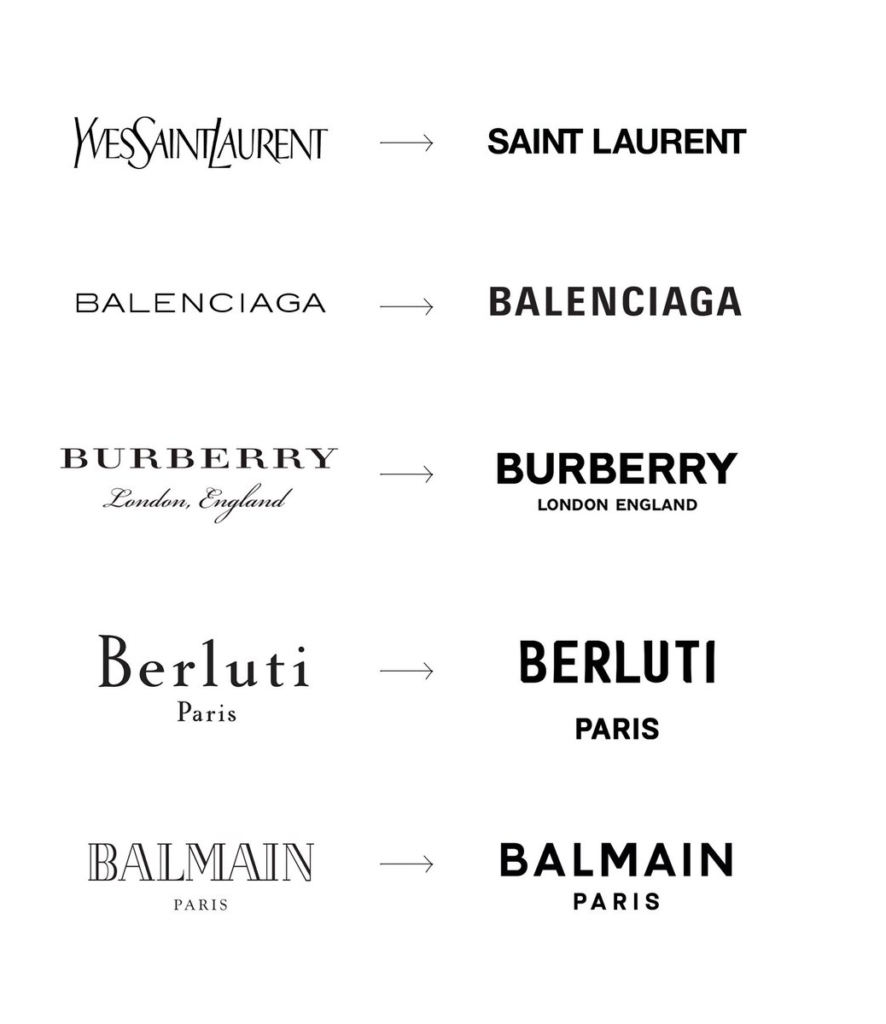
Benefits of rebranding to bland

Blands all look the same, and that’s partly on purpose. Blanding is defined by a lack of historical references, but it’s also self-referential.
On one hand, simplification in your brand positioning can be bold.
Apple, Google, Uber, and other big tech companies are prime examples. They have strong, streamlined identities that match their strong, streamlined offerings.
Their recognizable visual language:
-
- Is associated with ease, improvement, and innovation
- Is perceived as new and now
- Makes you want to be a part of it
It’s no wonder that brands from across all industries have moved to align with this message. There has been an influx of rebranding efforts that resulted in a similarly minimal aesthetic. No doubt the idea is to intuitively communicate similar promises– we’re faster, newer, better, and easier.
It’s also easy for the aforementioned social media algorithms to group look-alike brands together, boosting visibility.
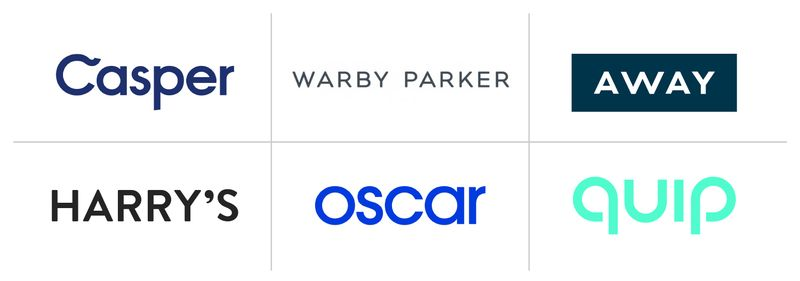
But this rebranding effort comes at the risk of being lost in a sea of sameness.
Aligning with peers can be useful, but it can’t be the core of your brand identity. Your brand should ideally show why you’re unique – not how you’re the same as everyone else.
Design is a powerful tool. But without a distinct personality, unique promises, and your specific set of values, there’s nothing for people to hold onto. Looks capture their attention, but it’s branding that inspires them to stay.
Disadvantages of rebranding to bland

Blanding is a trend created by the power of visual associations.
The minimalist design aesthetic has come to be a shorthand for particular messages, making it a powerful tool for intuitive communication. Its instant association with the tech industry evokes legitimacy and modernity. Meanwhile, its simplicity makes it non-threatening and easily digestible.
It’s not just product brands that have taken notice.
Even conspiracy theorists are using the language of blanding, too.
The Atlantic and Vox recently reported that misinformation associated with far-right conspiracy theories is being promoted by parenting, fitness, and lifestyle influencers on Instagram. With pastel colors, flat aesthetics, and clean lines, influencers are using blanding to normalize otherwise radical ideas. It’s a major rebrand that plays on established visual references to change judgments.
But looks only go so far.
No matter what you’re selling or saying, looking streamlined, simple, and innovative won’t be enough to inspire brand loyalty if the experience fails to impress.
That can only be achieved by following through on your promises.
When brands show up, they show their personality. Owning that authentic personality is what sets apart true brands from the sea of blands.
Rebranding your brand to stand out

Strong brands aren’t trying to be anyone else – and that is their staying power.
They know who they are, what they believe in, and how to effectively communicate their messages. Real brands stand out– not necessarily because they’re colorful, loud, or elaborate, but because they’re authentic. They adapt to the times without losing sight of their core identity.
Your brand is never static. That’s why a successful rebranding campaign should be part of an evolution to become more and more YOU.
Your brand is the salt. It’s the necessary spice that tickles the senses and elicits a response. It’s what keeps people coming back for more. Real brands have taste. Sour, sweet, or spicy, they’re anything but bland.
Ready to find your flavor and stand out – in all the right ways?
We’re a creative branding agency in Los Angeles dedicated to launching successful, authentic branding and rebranding efforts. Get in touch with us to learn more about our proven methodology.
